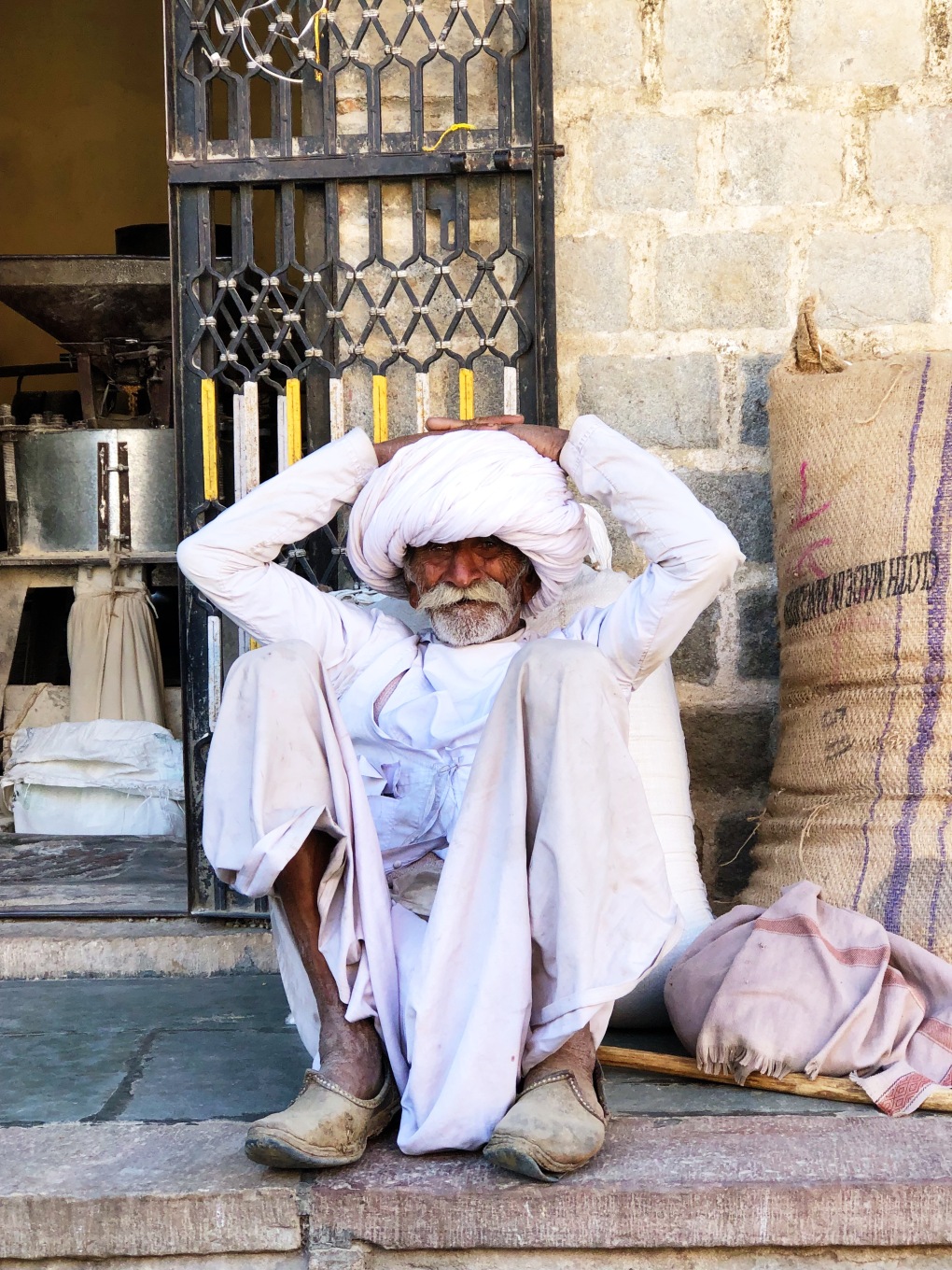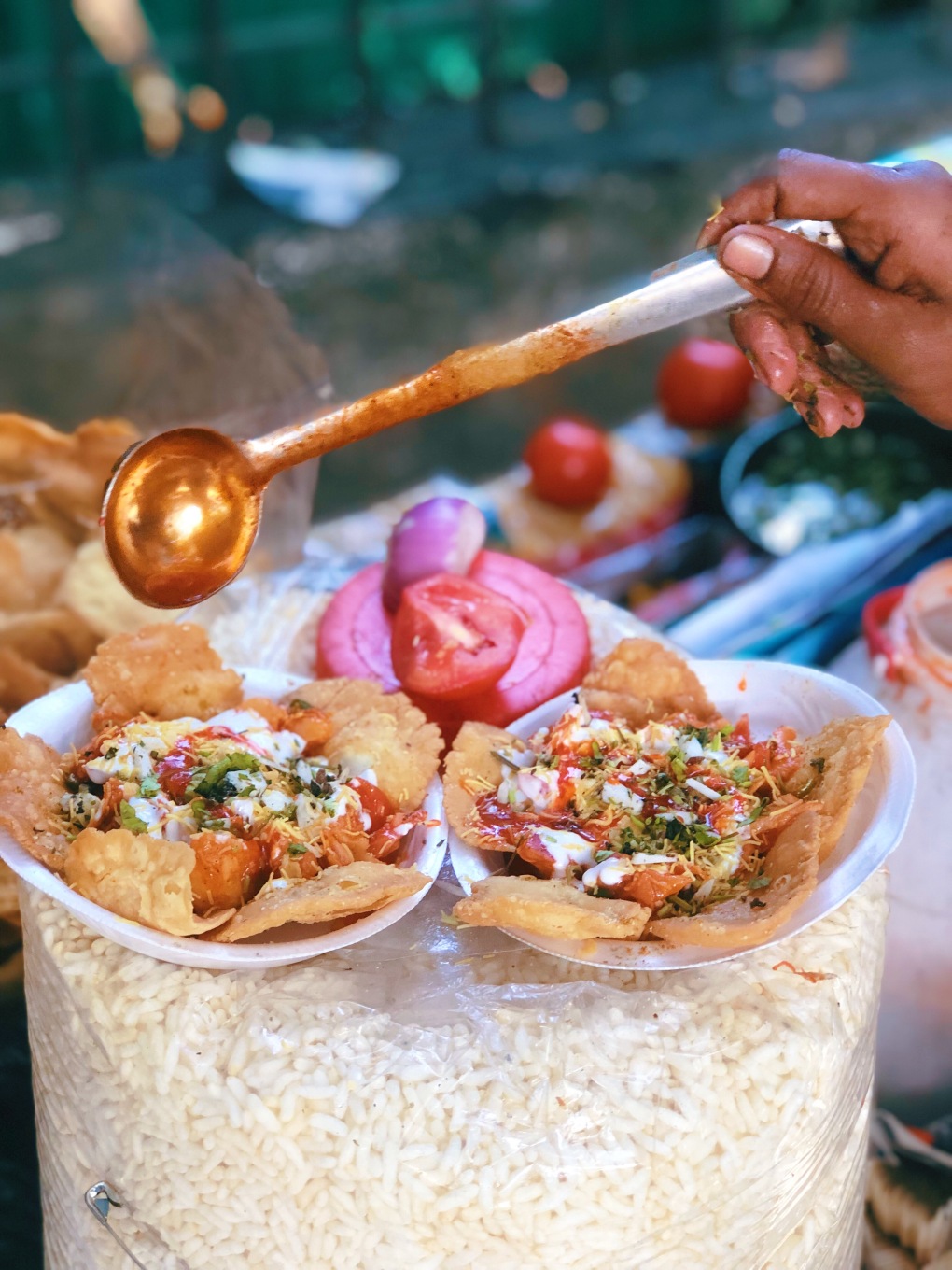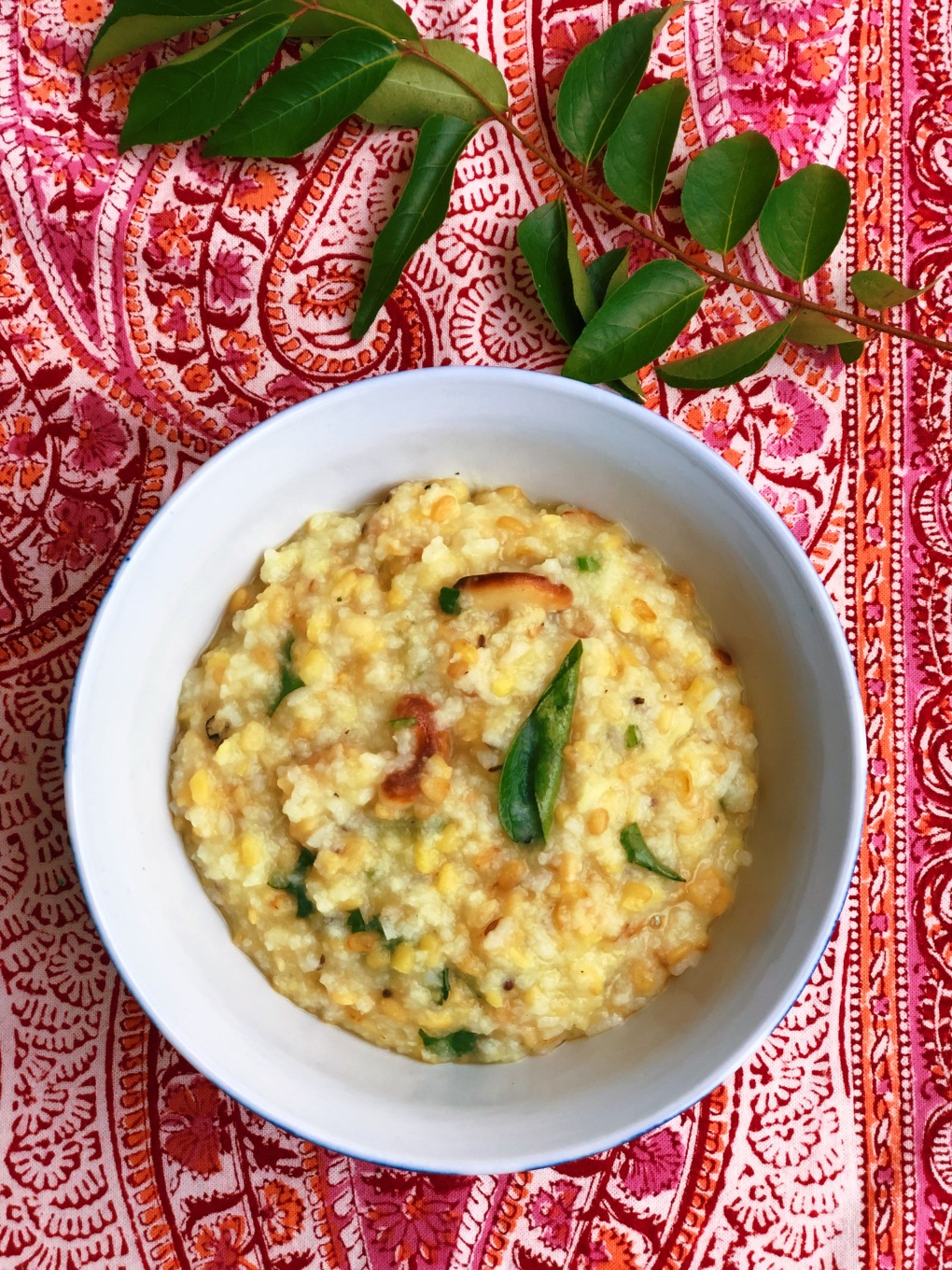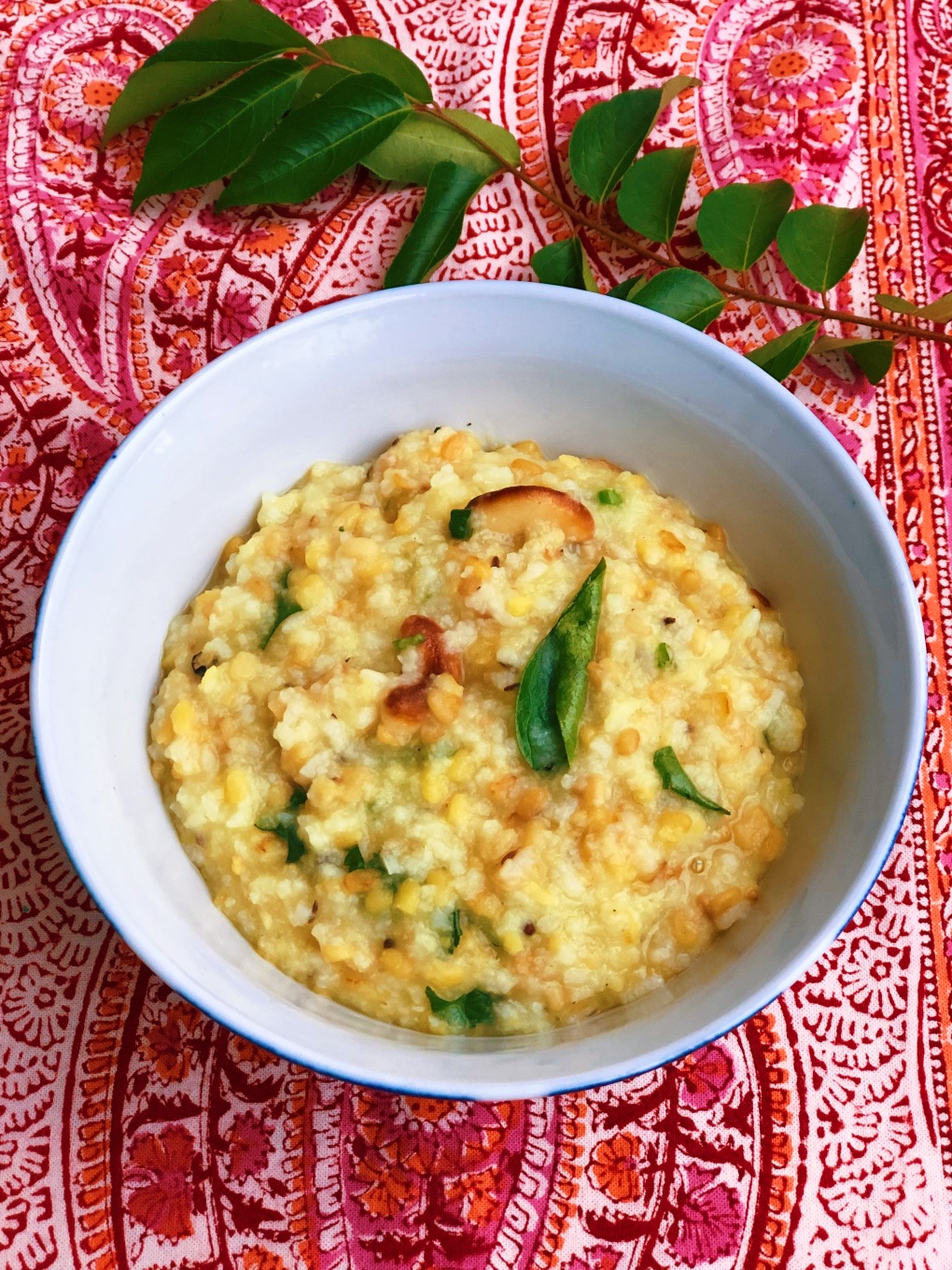Happy New Year and a warm welcome to my new (and old of course!) followers who have recently signed up to this blog.
January is a funny old month. The revelries from Christmas and the New Year are well and truly over and we all look forward to making a fresh start in the new year. With goals, aims, hopes and plans whirling away in our heads, it’s like shedding a skin and growing a new one. Veganuary has gained a lot of momentum over the last few years, with increasing numbers introducing more vegan recipes into their diets and some even making the transition to become fully vegan. Whilst I have no plans to ‘do’ veganuary, I naturally eat a number of vegan meals throughout the year without even really thinking about it. Indian food is heavily focused on vegetables with the large majority in India having a vegetarian diet. On this blog I have a number of recipes which would work really well if you want to bring more vegetarian or vegan meals into your culinary repertoire. Here are just a few.
Upma (a savoury breakfast semolina eaten in India)
Dale Bora (a delicious street snack from Kolkata)
Indian sprout and carrot curry
Cauliflower with dried fenugreek/methi
Aubergine, peanut and tomato curry
Butternut, lemongrass, coconut and spinach curry
For my first recipe for 2020 however I thought I would show you a new dal recipe, which just happens to be vegan. I have loads on my blog – just pop the word ‘dal’ in the search box on the right when you go to my blog. Dals all taste so different that I could make a different one each day of the week and they would be completely unique.
This one uses the toor dal, which is also known as ‘pigeon pea’. It looks similar to the chana dal, which is a split chickpea. You don’t need to soak it but it does take around 50 minutes to soften sufficiently if you are using the stove top. When it is gently boiling away you will need to remove, with a spoon, the scum that will form whilst cooking. You may also need to add more water if it looks to become too dry. I never measure out the water and instead go more from sight and add a little more here and there when required.
Excuse the rather dark muted photos of the dal – I cooked it in the afternoon and when I was ready to photograph the light had gone so had to use the lights from my kitchen which give it a pretty awful glow. Anyway you get the gist. I ate it along with a butternut squash curry I made and a cabbage curry mopped up with some homemade luchi – which are also known as poori. Most delicious and all coincidentally vegan.
Toor Dal with Poppy Seeds and Fresh Coconut
250g toor dal, washed through a couple of times with cold water
900ml water
2 tbsp rapeseed/sunflower oil
1 white onion, finely chopped
30g grated fresh coconut (or desiccated)
a small handful of fresh coriander
100ml water
1 tsp cumin seeds
1 tsp brown mustard seeds
2 tsp white poppy seeds
10 fresh curry leaves (you can freeze them – much better than dried which have lost their taste)
1 heaped tsp ginger-garlic paste
1 tomato, finely chopped
1 green chilli, finely chopped
1 tsp turmeric powder
1 tsp coriander powder
1/2 tsp Kashmiri chilli powder
1/2 fresh lemon, juice only
salt to taste
- First rinse the toor dal and then place it in a pan and cover completely with water. Start by adding 900ml water and you can add more later once the water has soaked up. It will take around 50 minutes to soften. Scum will form on the top so just remove this with a spoon and discard. You know the dal has softened when you can easily pinch one toor dal between your thumb and forefinger. Continue to add a little more water if it has all been soaked up.
- Meanwhile in a frying pan, add a tablespoon of oil and gently fry the onion and the fresh coconut so that they begin to lightly bronze. Remove from the pan and then blitz in a blender with some fresh coriander and then leave to one side.
- Using the same pan add the rest of the oil and add the cumin, mustard and poppy seeds. They will begin to sizzle almost immediately. Be careful of the spluttering.
- Add the fresh curry leaves and the ginger-garlic paste – fresh or store bought. Move around the pan and then add the tomato and fresh chilli.
- Return the blitzed onion-coconut-fresh coriander to the pan and stir so that all the ingredients are nicely mixed together.
- Now add the turmeric, coriander, Kashmiri chilli powder, lemon juice and salt.
- Once the dal has softened turn the contents of the frying pan into the dal and mix together. Check the salt levels.
- Leave to simmer for a few more minutes, then you are ready to serve.














































































